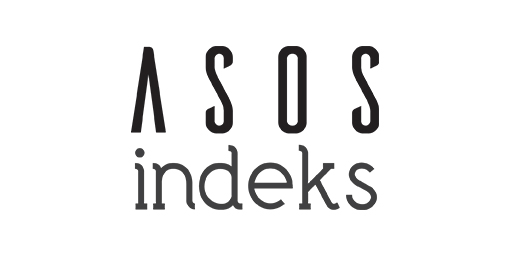An Evaluation on Structure and Space in the Context of Fashion
Keywords:
Fashion, Architecture, Interior Architecture, Interaction.Abstract
Within the 2000s, during which the interdisciplinary boundaries were disappearing gradually, the share-points of fashion, architecture and interior architecture and the similarities in designs keep increasing. No matter how different the scales and materials used in these disciplines, appreciable similarities are seen in designers’ make-up processes and the products they create.
Even though fashion, architecture and interior architecture are thought as distinct disciplines, the main goal of these disciplines is to protect and accommodate the human being. Their interaction and intersection have been lasting from past till the present-day. The communal, social, cultural and historic events that have been proceeding for years are influential on the formation of fashion, architecture and place. Within the historical process, clothes and places. best transfer the significant cultural, communal and economic events of their own time to us. When these share-points are analyzed, it is perceived that fashion affects architecture and place and vice versa.
In this study, the similarities of fashion, architecture and interior architecture disciplines that have been interactive throughout historical process have been emphasized through the basic principles of three trends chosen from modern architecture trends that came out following Industrial Revolution. The association of fashion, architecture and interior architecture has been interpreted in the context of changing periodic conditions. The attention is drawn to the impact of principles, coming to the forefront within the trends, on the designs and through the tables created, these effects have been exemplified in fashion, façade and indoor. At the same time, it has been stressed that the interaction continuing also in the 21st century designs has increasingly persisted. These similarities have been demonstrated through matching the visual examples chosen from period designs.







